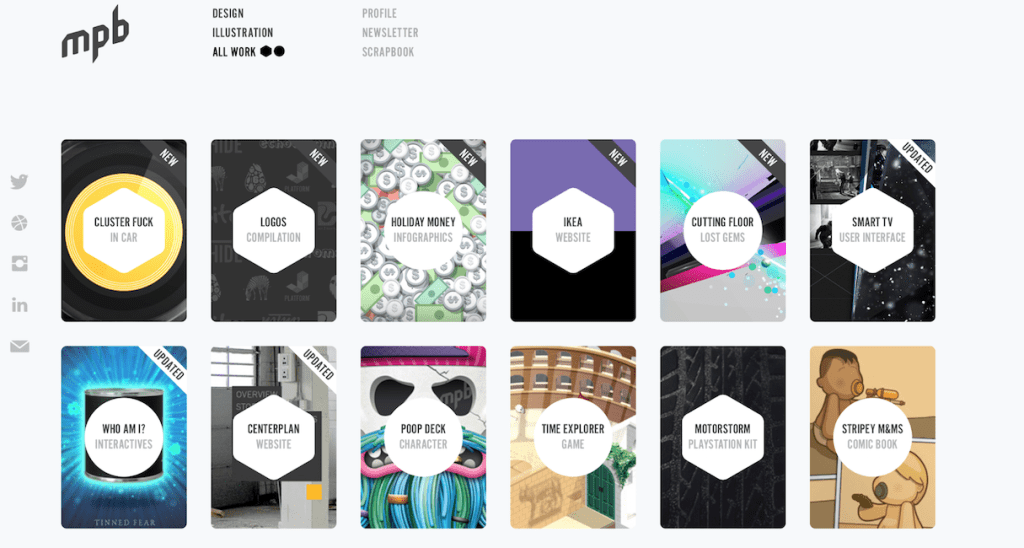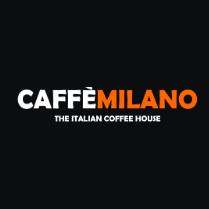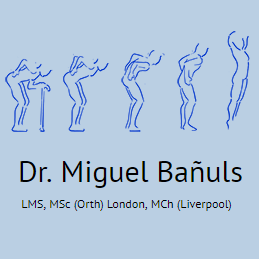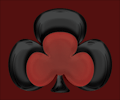A memorable web design portfolio is essential for today’s creatives looking to make a lasting impact in a crowded marketplace. It serves not just as a showcase of your best work, but as a reflection of your unique design philosophy and skill set. Captivating potential clients starts with an effective presentation that balances aesthetic appeal and user experience. Whether you’re new to the field or a seasoned professional, mastering the art of presenting your projects is crucial. In this guide, we’ll explore key strategies and practical web design portfolio tips that can transform your showcase and help you stand out from the competition.
In the realm of digital presentation, crafting an exceptional design showcase is paramount for gaining visibility and engaging clients. An effective design exhibit not only compiles various projects but weaves them into a coherent narrative that speaks to your creative journey. It’s about striking a balance between aesthetics and functionality while ensuring seamless navigation and compelling storytelling throughout. As we delve deeper into this topic, we will uncover how to best highlight your works through dynamic examples, enhance user engagement, and implement optimization techniques tailored for designers seeking to elevate their profiles.
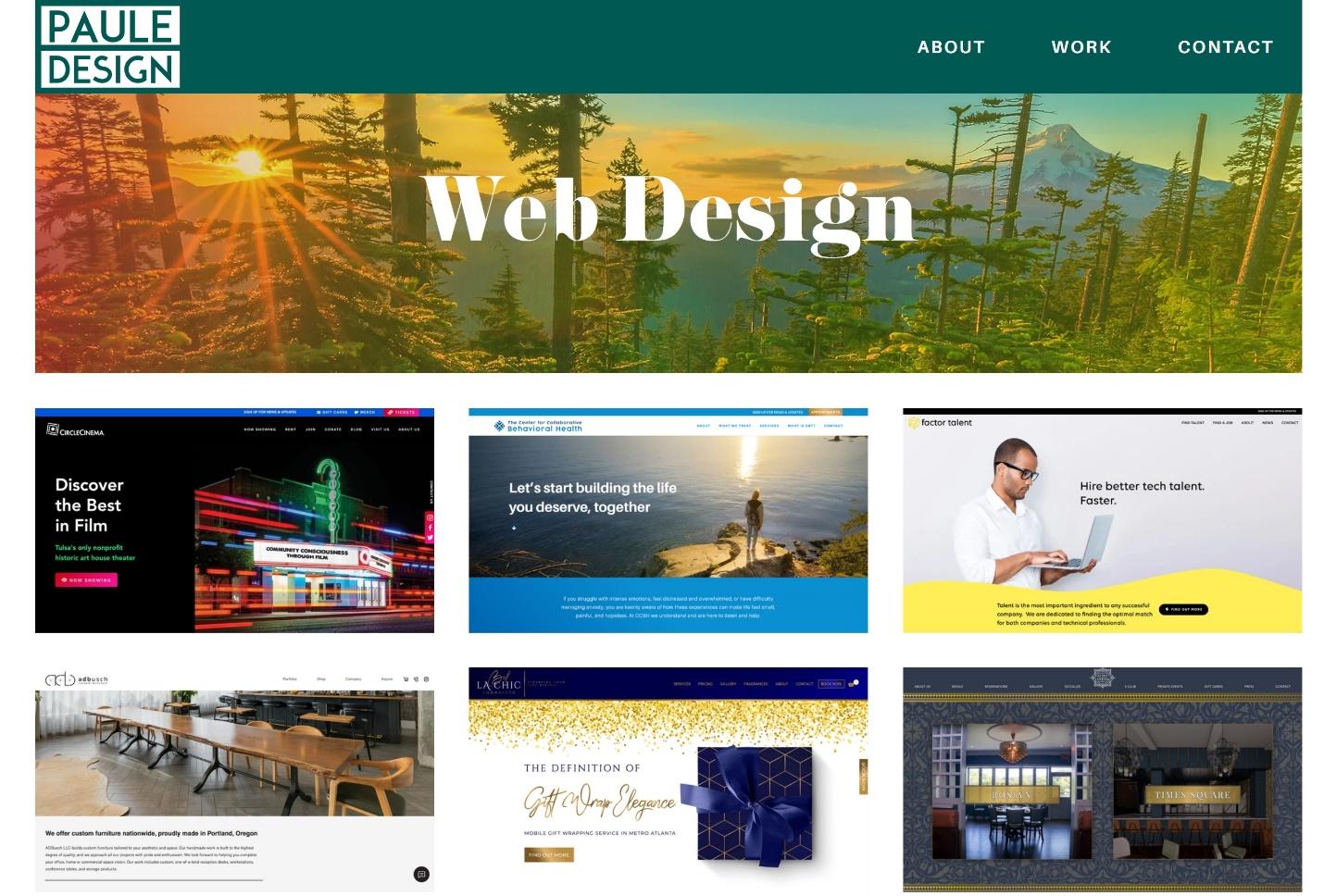
The Essence of a Compelling Portfolio
Creating a web design portfolio goes beyond merely presenting your projects; it necessitates crafting an engaging narrative that resonates with viewers. A compelling portfolio captures not just the eye but also the imagination, weaving together a story that reflects your design journey. Every piece you display should connect with your unique style and voice, allowing potential clients to glimpse your creative philosophy. The goal is to create an immersive experience that makes visitors linger, explore, and ultimately, remember you.
In the fast-paced digital landscape, a well-structured portfolio can serve as your ambassador, leading potential clients along a thoughtfully curated trail of your best work. Approach your portfolio as a puzzle where each piece fits thoughtfully, showcasing your versatility while maintaining coherence. This way, when clients scroll through your work, they aren’t just seeing designs; they’re engaging with a story that highlights who you are as a designer and what drives your creativity.
Crafting an Engaging User Experience
User experience is not just a buzzword; it’s the heartbeat of your portfolio. When designing, your ultimate goal should be to create a seamless experience that allows potential clients to navigate your work effortlessly. Start with a clean layout: minimalistic designs can be striking yet effective, directing focus to your projects without unnecessary distractions. A clutter-free environment encourages prospective clients to immerse themselves in your work, leading to deeper engagement.
Consider the flow of information as vital as the visuals themselves. Intuitive navigation is key; when users can find what they need at a glance, they’re more likely to stay and explore. Incorporate clickable thumbnails and succinct project descriptions that not only draw attention but also succinctly outline each project’s challenges and solutions. The magic lies in creating an accessible yet engaging space in which your creativity can shine uninterrupted.
The Art of Showcasing Your Unique Story
Your “About Me” section is more than just a few sentences; it’s your chance to connect on a personal level. Think of it as the heart of your portfolio—where your story comes alive, resonating with the passion that fuels your designs. Share insights into your design philosophy and what inspires you. When visitors understand the story behind your work, they’re more likely to feel a personal connection, which is crucial when establishing trust.
Incorporate dynamic elements like videos or visual narratives to convey your design process. By showing potential clients how you arrive at your final designs, you transform mere visuals into a rich, engaging journey. Such interactive features keep visitors fascinated, turning passive viewers into active participants who can envision collaborating with you on their own projects.
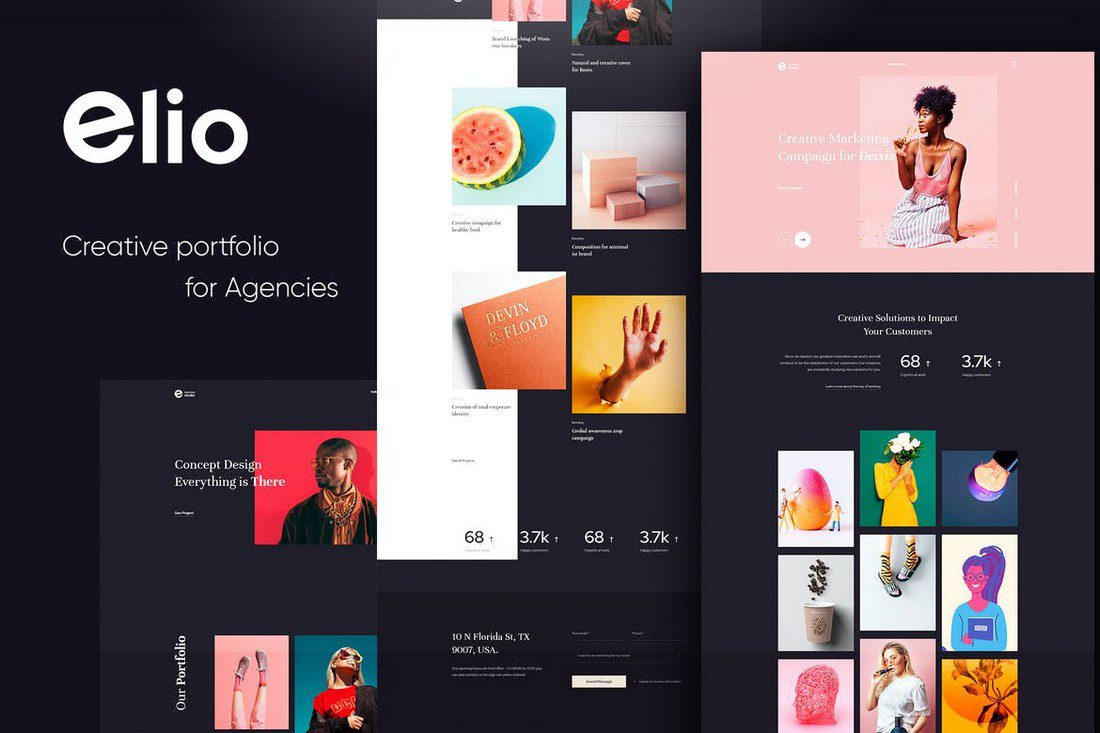
Wrapping Up Your Design Journey
In conclusion, creating a memorable web design portfolio is an art that requires careful consideration of multiple factors. It’s not only about displaying your designs; it’s about weaving a narrative that encapsulates your journey and skills as a designer. Each element of your portfolio, from the layout to the choice of projects, should echo your unique style and philosophy, guiding potential clients through a visually engaging and informative experience.
To effectively captivate your audience, remember to focus on user experience, diversity in your work, and optimization strategies. Every decision you make contributes to the overall impact of your portfolio. Ensure you:
– Prioritize a clean and intuitive layout to enhance usability.
– Showcase a variety of well-curated projects that reflect your design versatility.
– Tell your story authentically, allowing potential clients to connect with you on a deeper level.
Continuously Evolve Your Portfolio
Moreover, a successful web design portfolio is never truly finished; it requires continuous evolution and adaptation. Collect feedback from peers and clients to refine and improve upon your existing design. Pay attention to analytics that reveal how visitors interact with your portfolio, helping you to keep content fresh and relevant.
As you move forward, embrace an iterative approach to your portfolio that includes:
– Regularly updating your projects to reflect your current skills and trends.
– Integrating SEO practices to ensure that your work reaches the right audiences.
– Utilizing social media for broader promotion and engagement, allowing your portfolio to act as a dynamic showcase of your design journey.

